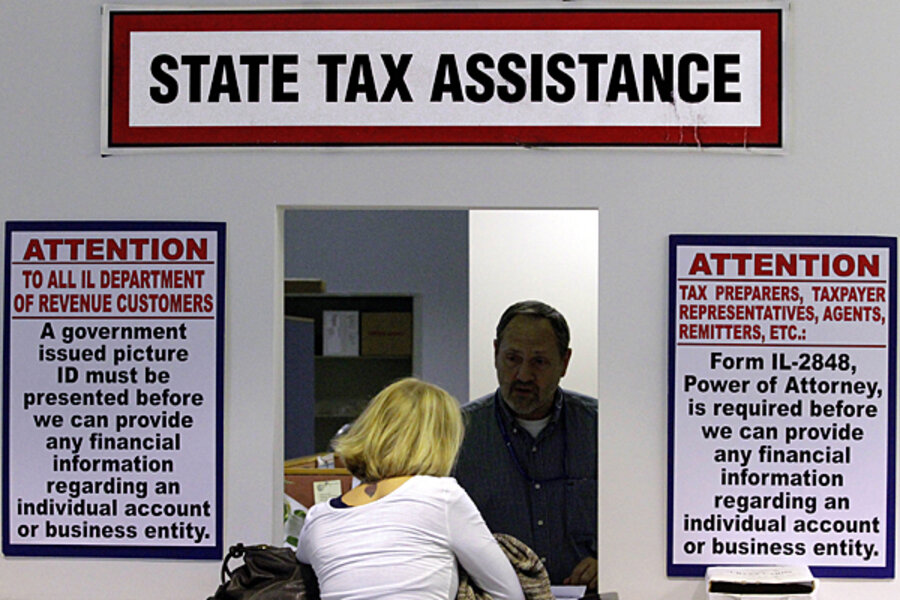What happened to state tax reform?
Loading...
Just months ago, to the joy of conservatives and the consternation of liberals, several Republican governors proposed major tax reform plans. At least three–Bobby Jindal of Louisiana, Dave Heineman of Nebraska, and Pat McCrory of North Carolina– vowed to completely repeal their state corporate and individual income taxes.
But by Tax Day, two of those governors, Jindal and Heineman, had abandoned their plans, at least for this year. In North Carolina, McCrory and House Republicans appear to be scaling back their ambitions.
What happened? Pretty simple really. The chief executives thought they could pay for abolishing their income taxes by boosting sales tax revenues. They’d do it by raising sales tax rates and eliminating exemptions. For instance, many services that are now exempt from sales tax would become subject to the levy.
Instead, the exercise became an object lesson in special interest politics. Much of the business community (especially those firms whose goods and services are now exempt from the sales tax) rose up in revolt. So did local governments that saw their own sales tax revenues jeopardized by a big new state levy.
Even in theory, replacing an income tax with a sales tax is controversial. The idea, which has been heavily promoted among GOP governors by the American Legislative Exchange Council (ALEC), as well as economist Arthur Laffer and Wall Street Journal editorial writer Steve Moore, attracted a lot of initial attention. Backers argued it would boost state economies and produce more revenue than the existing system.
However, critics strongly objected, arguing that such as swap would raise taxes for low-income households, lower them for the wealthy, and reduce state revenue overall.
There is little evidence that eliminating state income taxes boost economic growth, or that such a step would generate enough revenue so the tax cut would pay for itself.
In general, consumption taxes are regressive since low-income households spend more of their income and thus would pay a larger share of their income in sales taxes. In systems that include both consumption and income taxes, this problem can be addressed with an income tax credit. Without an income tax, it is harder to provide such a rebate.
The costs and benefits of an income-for-consumption tax swap are worth debating. But the states never got that far. Without the offsetting hikes in sales taxes, repealing the corporate and individual income tax is nothing more than a huge, revenue-losing tax cut. And that seemed to be where states such as Louisiana and Nebraska were heading before their governors pulled the plug.
Last year, Kansas found itself in a similar situation. Governor Sam Brownback proposed an income tax reform that would have cut rates while eliminating most tax preferences. This too was intended to be a first step towards eliminating the income tax. One of the most controversial provisions exempted income of pass-through entities, such as partnerships, from the state income tax.
The legislature happily passed the rate cut but stripped out the base-broadeners, leaving the state with a $231 million fiscal hole in 2013 and an $803 million gap in 2014. Legislators vowed to fill the hole with spending cuts, but they have not yet identified them. Now, Kansas is taking another run at cutting income tax rates but critics are again balking at efforts to find offsetting revenues. Thus, Kansas-style tax reform could once again be little more than another tax cut.
The lesson for tax reformers seems clear: It is much easier for politicians to cut rates than it is to finance them with offsetting tax hikes. As a result, the road to reform can too easily detour into a tax cut for all (or, at least, for most).





